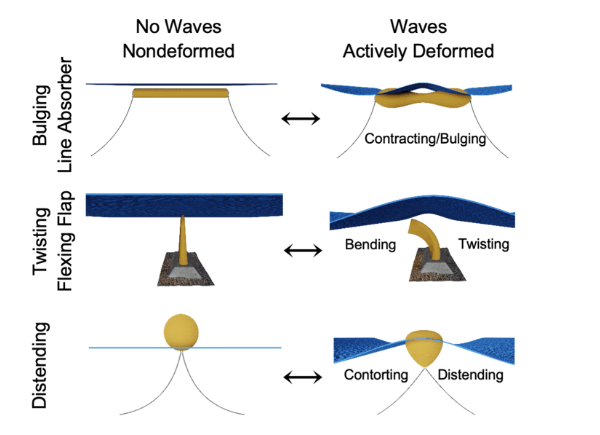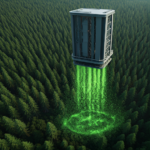Looking at the ocean one is awed by the power apparent in every wave. One way to harness the ocean’s energy is through a device called a wave energy converter, or WEC.

To date, WEC designs have been generally centered on large, rigid bodies that float in the water and move relative to each other as waves roll past. These bodies typically absorb ocean wave energy and focus that energy into a centralized conversion mechanism, such as a rotary generator or hydraulic piston.
Now, the National Renewable Energy Laboratory (NREL) researchers are developing concepts in which many small energy converters can be aggregated to create a single structure.

With this new approach to developing wave energy, the domain of distributed embedded energy converter technologies (DEEC-Tec) could help the promise of substantial renewable energy generation from ocean waves become a reality.

One of the most innovative elements of DEEC-Tec is its ability to create flexible ocean wave energy converters, sometimes known as flexWECs.
These devices have inherently broad-banded ocean wave energy absorption and conversion characteristics, meaning they can harvest energy across a wide range of ocean wave heights and frequencies.
DEEC-Tec concepts are assembled from many small energy converters that, together, form a structure that can undulate like a snake, stretch and bend like a sheet of fabric, or expand and contract like a balloon.
As the overall structure bends, twists, and/or changes shape as the ocean waves roll past, each embedded energy converter can turn a portion of that ocean wave energy into electricity.
Reference- NREL website, Clean Technica, Science Alert






